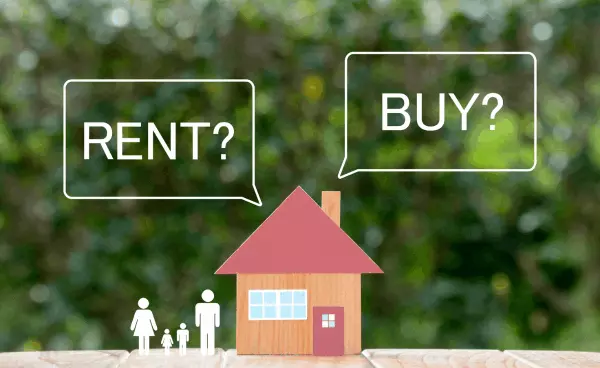What No One Tells You About Buying a Home with an Assumable Loan

In a market where 6–7% interest rates are the norm, smart buyers are searching for creative ways to save—and assumable loans are suddenly back in the spotlight.
But while real estate agents and influencers are starting to drop the term like it's a hot tip, here’s the truth:
Most people don’t fully understand how assumable loans actually work—or how powerful they can be.
In this blog, we’ll break it down:✔️ What an assumable loan is
✔️ How much you could realistically save
✔️ What lenders don’t tell you
✔️ Realistic pros, cons, and risks in 2025
First, What Is an Assumable Loan?
An assumable loan lets a homebuyer take over the seller’s existing mortgage—including the interest rate, terms, and remaining balance.
Here’s where things get exciting in 2025:
Thousands of San Diego homeowners still have 3% or lower mortgage rates from the pandemic-era market.
And if you assume one of those? You’re not paying 6.8% like everyone else.You're essentially buying a monthly discount.
Real Numbers: How Much Can You Save?
Let’s say a seller has:
- A $500,000 mortgage
- Locked in at 2.75% in 2021
- 25 years remaining
- Monthly payment: ~$2,041
Compare that to a new 6.75% loan on the same $500K:
Monthly payment: ~$3,243
Savings: Over $1,200 per month—or $14,000 per year.
Over the life of the loan? That’s well into six figures.
Why It Matters Now
- Inventory in San Diego is tight
- Prices aren’t dropping dramatically
- Interest rates remain elevated
- Buyers are getting priced out of their ideal homes
Assumable loans allow qualified buyers to stretch further, beat today’s rates, and afford more house without more risk.
The Catch (Because Yes, There’s Always One)
Not every loan is assumable.
✅ FHA, VA, and USDA loans are generally assumable with approval
❌ Conventional loans (most standard bank mortgages) usually are not
Even for FHA/VA loans, here’s what you need to know:
1. You Still Need to Qualify
The lender will check your credit, income, and debt-to-income ratio. You’re not bypassing the approval process—you’re just stepping into an existing loan.
2. You Might Need a Large Down Payment
If the seller’s loan balance is $400K but they’re listing the home for $650K, you’ll need to come up with the $250K difference—either in cash or via a second loan.
This is often the biggest hurdle for buyers.
3. The Process Takes Longer
Lenders aren’t always in a hurry to process assumptions. Expect longer escrow periods and more paperwork.
How to Make It Work
If you're seriously exploring assumable loans, here’s what to do:
- Work with a buyer’s agent who knows how to negotiate assumable deals (most don’t)
- Ask early in the showing process if a loan is assumable—don’t wait until you're ready to write an offer
- Get pre-qualified not just for a traditional loan, but also for the remaining balance of the assumable loan
Have a second-lien strategy if the equity gap is too big to cover in cash
Real Talk from the Field
In Spring 2025, a VA-backed home in Oceanside listed at $699K drew dozens of offers—but prioritized buyers willing to assume the seller’s 2.5% loan.
One buyer who could cover the $180K equity gap snagged the home—and is now saving over $1,300/month compared to their original lender estimate.
Another buyer lost out simply because they didn’t understand how assumption worked—or have a savvy agent to guide them through it.
Final Word: A Hidden Advantage for Today’s Buyers
Assumable loans aren’t magic—but in today’s market, they’re one of the last remaining “hacks” that can give buyers a serious financial edge.
If you’re flexible, well-prepared, and working with someone who knows how to navigate the red tape, you could land a dream home with a dream rate—without overpaying in the long run.
Want Help Finding an Assumable Loan in San Diego?
Whether you're buying your first home or trying to make the math work on your next move, I’ll show you where these opportunities exist—and how to win them.
📞 Let’s schedule a buyer strategy session
📲 And follow for real-time updates on assumable listings, market trends, and money-saving tips: @katiebean_realestate
Categories
Recent Posts










GET MORE INFORMATION

